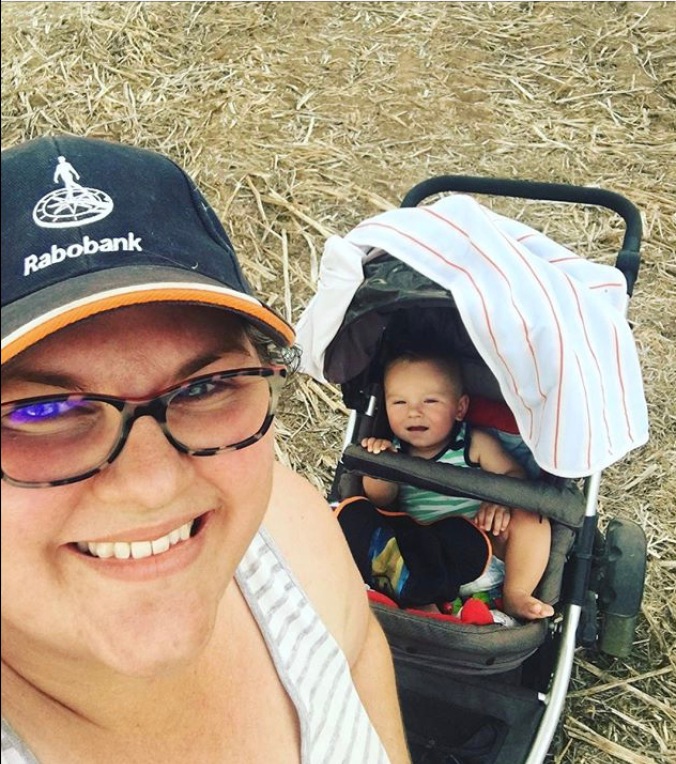The swagger of Hong Kong is undeniable. Investment bankers have a certain confident uniform – and given there are a lot of them here, it is not surprising that Piguet has its highest selling shop of $30,000 – $200,000 watches here.
 Hong Kong seems to successfully blend the British expat community of colonial days with modern Chinese culture. I was surprised to learn there were only about 200,000 expats in the city.
Hong Kong seems to successfully blend the British expat community of colonial days with modern Chinese culture. I was surprised to learn there were only about 200,000 expats in the city.
Previously a fishing village, now a financial and insurance powerhouse for Asia, Hong Kong presented us with meetings:
Westpac Group
Burra Foods Australia
Stanhay Webb (China) Ltd
Hong Kong Jockey club
For those unfamiliar with HK, a few stats:
* Mainland China’s second largest trading partner (after the USA);
* accounts for 64% of all foreign investment into China;
* Largest centre of Chinese currency (RMB) outside of China; and
* Accounts for 62% of Chinese investment into overseas assets.
The role of HK is certainly changing, as the ‘west’ becomes more comfortable dealing directly with Beijing or Shanghai – although, and it depends on who you spoke to – it seems HK may remain a key strategic foothold into the Chinese market for companies who prefer to have their financial headquarters held in a jurisdiction underpinned by the rule of law, and more ‘familiar’ than the Chinese legal jurisdiction.
There was definitely a feeling for most of the expats we met with, in business or socially, that for them, and their families, the quality of life for them was better in Hong Kong, than “Shangers” or “Bangers”… not just socially, but also because of the increasing causation links between air quality and pollution related cancers.
Westpac Group
An investor in the Nuffield Scholarship program in Australia, it was fantastic to meet Andrew Whitford, Regional Head of Greater China, Westpac Group. Having lived in Shanghai for a number of years, Andrew’s insight into a complex and culturally sensitive business environment was evident.
Whitford provided solid statistics not only on the interaction between mainland China and HK, but also the current and future state of Australian and Chinese trade, as well as New Zealand and Chinese trade.
 Given the significance of Chinese – representing nearly 40% of Australia’s total sales, the export of Australian agricultural product to China amounts to just over AU$10Billion (as at 2015).
Given the significance of Chinese – representing nearly 40% of Australia’s total sales, the export of Australian agricultural product to China amounts to just over AU$10Billion (as at 2015).

The impact of the Free Trade Agreement which came into effect December 2015 – negotiated by Andrew Robb on behalf of the Coalition – is a serious game changer for Australian farmers. Getting your head around the broad brush stokes of the FTA is essential reading, especially as the deadlines when some of the dairy tariff reductions come into play – effectively increasing the competitiveness of the Australian dairy industry to stay head to head with our Kiwi dairy stalwarts over the ditch and the impressive quality of Ireland and the Netherlands.
 I could write all day about the ability for an Australian farming family to fundamentally change their business if they decide to take direct advantage of ChAFTA. My Nuffield Report is looking at financial literacy of Australian farmers, and after 2 weeks of looking intensely at the Chinese market, I think every Australian farmer should hop on a plane to China and see first hand the opportunities and potential “pain points”. Australian farmers who bank with Westpac have an extraordinary Lilly pad with Whitford at the helm of the Chinese operations…
I could write all day about the ability for an Australian farming family to fundamentally change their business if they decide to take direct advantage of ChAFTA. My Nuffield Report is looking at financial literacy of Australian farmers, and after 2 weeks of looking intensely at the Chinese market, I think every Australian farmer should hop on a plane to China and see first hand the opportunities and potential “pain points”. Australian farmers who bank with Westpac have an extraordinary Lilly pad with Whitford at the helm of the Chinese operations…
Burra Foods Australia
Meeting Dale O’Neill, General Commercial Manager was a perfect segway after the Westpac big picture introduction into Australian agricultural exports into the Chinese markets: Dale is leading the charge of high quality dairy ingredients into the Chinese market. Based in Hong Kong, Dale moved his young family from Victoria recently after the Victorian dairy company successfully entered a Joint Venture (JV) with a consortium of Japanese and Chinese interests.
 Dale represented what we later learned in mainland China was the key to successful business into China – you need to have a local presence, and keep your finger on the pulse. Market demand for product can change quickly, and if I was a dairy farmer supplying milk to Burra Foods Australia I would be celebrating the successful inroads Dale and his team have made into the Chinese market.
Dale represented what we later learned in mainland China was the key to successful business into China – you need to have a local presence, and keep your finger on the pulse. Market demand for product can change quickly, and if I was a dairy farmer supplying milk to Burra Foods Australia I would be celebrating the successful inroads Dale and his team have made into the Chinese market.
A good amount of the presentation with Dale would be information I consider commercial in confidence, so I provide a picture of Burra’s inspiring business vision. I am excited to see where this company goes in the next decade.
Stanhay Webb (China) Ltd
John and Sally Evans are an English couple who represent that next layer of the reality of doing business with China. Stanhay Webb manufacture precision planting gear and would revolutionise the cropping potential for Chinese farmers. Again, commercial in confidence material, so I note John here as an example of some of the challenges that can be faced entering the market. They were extremely generous with their time and insights and I’ve made a note to look at their gear for next time we need a new planter as they supply Australia and NZ.
Hong Kong Jockey Club
We accepted an invitation to be trackside at dawn at the Hong Kong Jockey Club to see horses being worked in readiness for that nights race.

I can now see why James Packer had a serious crack at the Asian gambling sector.
The Hong Kong Jockey Club had $13.7Billion in race takings go through the till. For one racetrack. When you compare this to the race takings for all the horse races in the USA ($10.6Billion), it gives you a fair idea of the love the Chinese have for gambling.
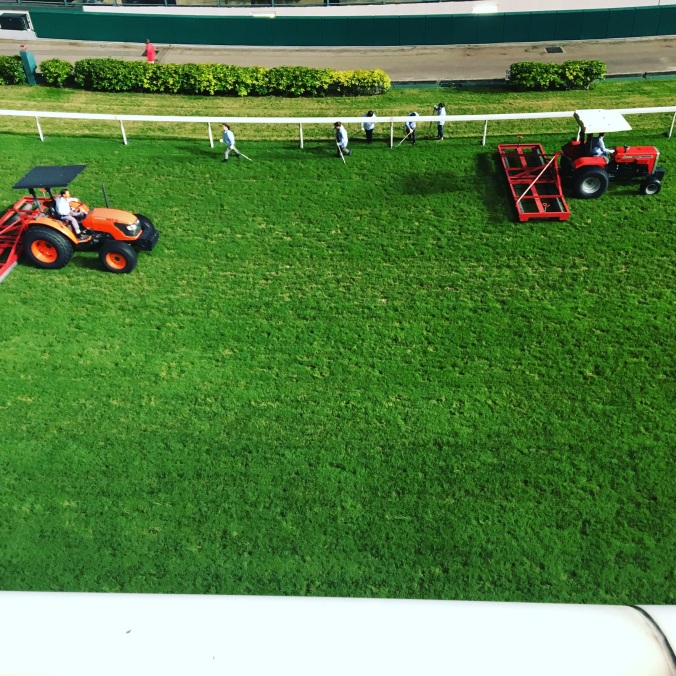
We flew out of Hong Kong for Shanghai, where my next blog begins: Nuffield Blog #6: the return of the world’s mightiest Empire: China.







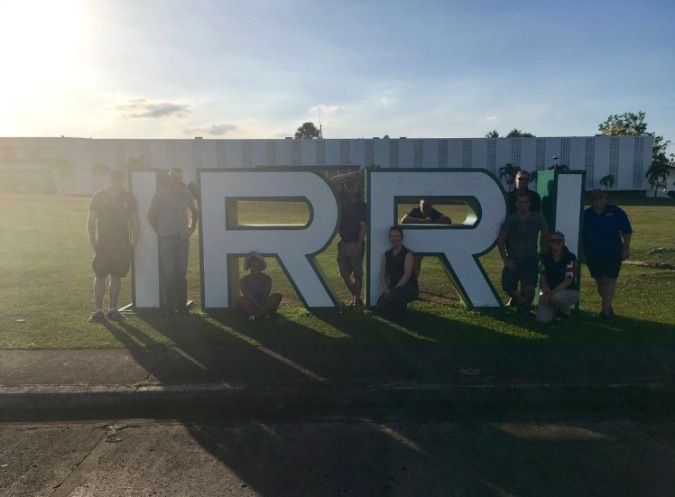 Employing 1,200 Filipino employees, as well as 1,000 contract farm workers, IRRI is now at a cross roads. Local people do not want to undertake the manual, intensive labour of planting and harvesting rice and other research crops in 35 degree temps and near 90% humidity. Parents actively dissuade their children from choosing agriculture as a career option, considering it peasant work.
Employing 1,200 Filipino employees, as well as 1,000 contract farm workers, IRRI is now at a cross roads. Local people do not want to undertake the manual, intensive labour of planting and harvesting rice and other research crops in 35 degree temps and near 90% humidity. Parents actively dissuade their children from choosing agriculture as a career option, considering it peasant work. Combined with outdated 1960’s rice field infrastructure now incompatible with modern mechanisation (some fields being 20m x 20m, complete with piping to flood and remove irrigation), the cost to upgrade the research facility to the 21st century is a huge issue, especially given this is the crop that can and does feed the world during food shortages.
Combined with outdated 1960’s rice field infrastructure now incompatible with modern mechanisation (some fields being 20m x 20m, complete with piping to flood and remove irrigation), the cost to upgrade the research facility to the 21st century is a huge issue, especially given this is the crop that can and does feed the world during food shortages.
 We then had a go on the new mechanical planter – wow! I have a new level of respect for our air-conditioned John Deere cabs with GPS guided precision planting systems…
We then had a go on the new mechanical planter – wow! I have a new level of respect for our air-conditioned John Deere cabs with GPS guided precision planting systems… On a lighter note, our youngest scholar in our group, Dutchman Rick, a strapping young man in his prime years, took advantage of the situation to obtain some new Tinder profile pictures. He is the little brother of our group, and his boundless energy and cheerful disposition are cherished.
On a lighter note, our youngest scholar in our group, Dutchman Rick, a strapping young man in his prime years, took advantage of the situation to obtain some new Tinder profile pictures. He is the little brother of our group, and his boundless energy and cheerful disposition are cherished.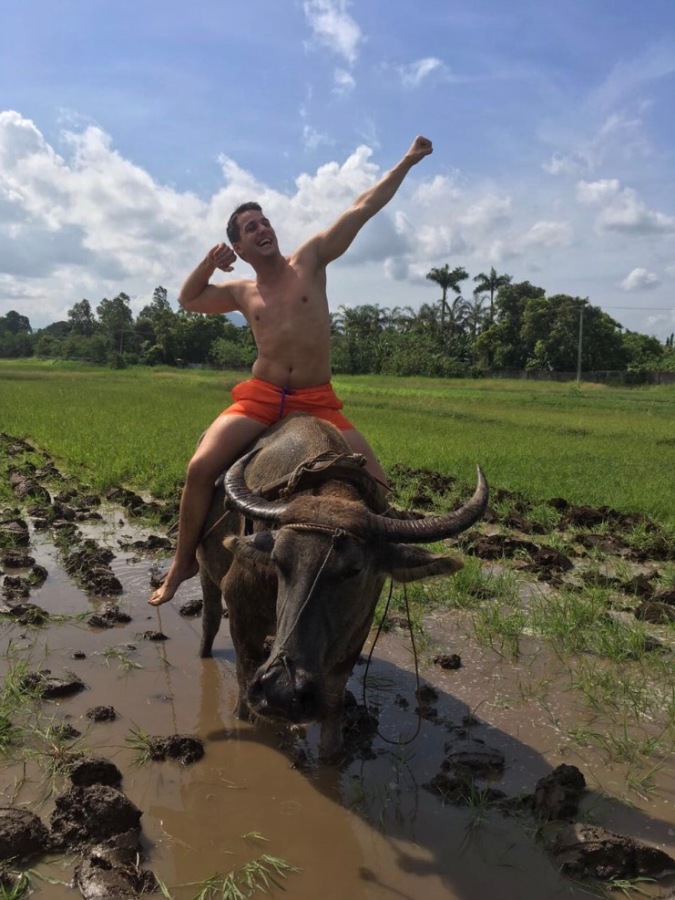

 There is so much more that can be said about our time in the Phillipines, including the tale of an extraordinary young entrepreneur (who I will include in my formal Nuffield Report, as an example of financial literacy converting ordinary to extraordinary).
There is so much more that can be said about our time in the Phillipines, including the tale of an extraordinary young entrepreneur (who I will include in my formal Nuffield Report, as an example of financial literacy converting ordinary to extraordinary).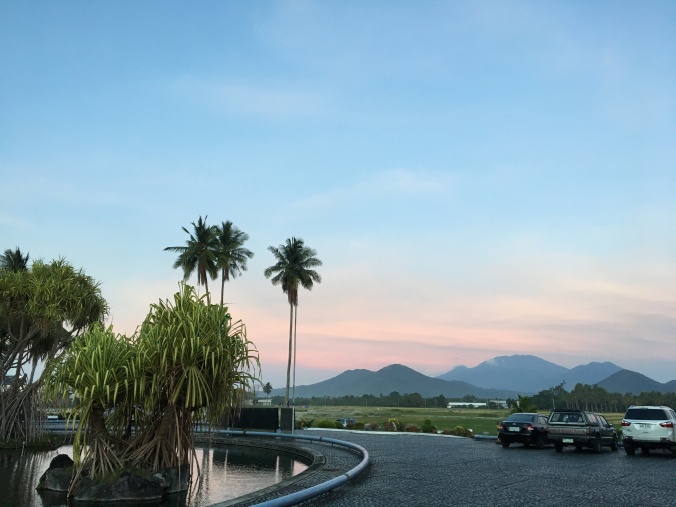
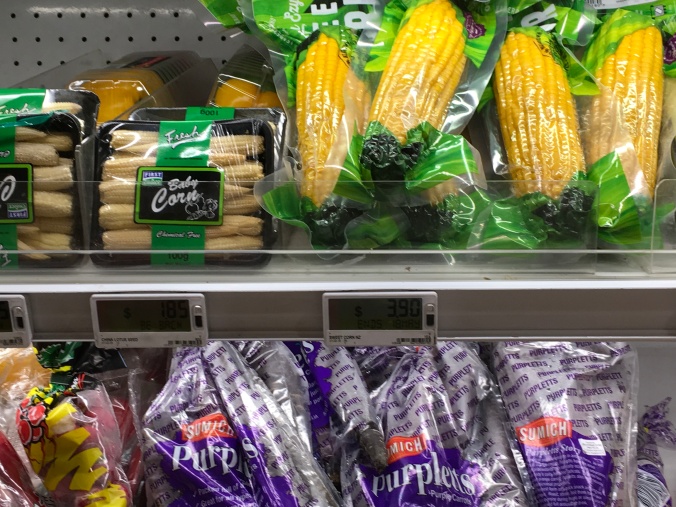 Well known for strict regulation through tightly controlled government (ie, we read about commonplace practices of rehousing the homeless or disability, being quietly shipped off to an institution for ‘rehabilitation’), from first impressions.. Singapore appears to marks its success through visual measurements – cutting edge architecture, immaculate personal grooming and the skill of polite queuing or walking whilst watching video games on a smart phone.
Well known for strict regulation through tightly controlled government (ie, we read about commonplace practices of rehousing the homeless or disability, being quietly shipped off to an institution for ‘rehabilitation’), from first impressions.. Singapore appears to marks its success through visual measurements – cutting edge architecture, immaculate personal grooming and the skill of polite queuing or walking whilst watching video games on a smart phone. Singapore is a tiny island – totally reliant on imported product to feed, cloth and house its people – has made a fortune in the margin business. A shipping port where large ships from the West would arrive, be unloaded and their cargo repacked onto smaller ships to enable their safe passage into the small or shallow ports of Asia.
Singapore is a tiny island – totally reliant on imported product to feed, cloth and house its people – has made a fortune in the margin business. A shipping port where large ships from the West would arrive, be unloaded and their cargo repacked onto smaller ships to enable their safe passage into the small or shallow ports of Asia. Our days in Singapore were filled with briefings from Nuffield Australia and informative presentations with NCI Brokers Asia PTE LTD, ANZ bank and Syngenta.
Our days in Singapore were filled with briefings from Nuffield Australia and informative presentations with NCI Brokers Asia PTE LTD, ANZ bank and Syngenta. The cultural differences in how a “western/European” vendor supplies product and their expectations about payment terms compared to an “eastern/Asian” paradigm appear to be an implied trade barrier. For example, if our small family farm were to negotiate a supply contract for Adzuki beans into China or India, whilst a contract might specify the quality specifications, and terms of payment – there could be markedly different interpretations from the buyers perspective. Agreed payment terms of 90 days upon receipt of product on the dock in Singapore or Shanghai, could stretch out to 18 months… This is where Stuart steps in.
The cultural differences in how a “western/European” vendor supplies product and their expectations about payment terms compared to an “eastern/Asian” paradigm appear to be an implied trade barrier. For example, if our small family farm were to negotiate a supply contract for Adzuki beans into China or India, whilst a contract might specify the quality specifications, and terms of payment – there could be markedly different interpretations from the buyers perspective. Agreed payment terms of 90 days upon receipt of product on the dock in Singapore or Shanghai, could stretch out to 18 months… This is where Stuart steps in. ANZ Bank‘s presentation was largely commercial in confidence so I can’t say too much. It was fascinating to observe the difficult dance of an Australian bank – a business seeking to make profits – navigating their corporate social responsibility in the space of emerging markets. With 5 floors of prime office space in Singapore, if you were an Australian farmer banking with ANZ, the resources available to you to gain insight into the Asian market are impressive.
ANZ Bank‘s presentation was largely commercial in confidence so I can’t say too much. It was fascinating to observe the difficult dance of an Australian bank – a business seeking to make profits – navigating their corporate social responsibility in the space of emerging markets. With 5 floors of prime office space in Singapore, if you were an Australian farmer banking with ANZ, the resources available to you to gain insight into the Asian market are impressive.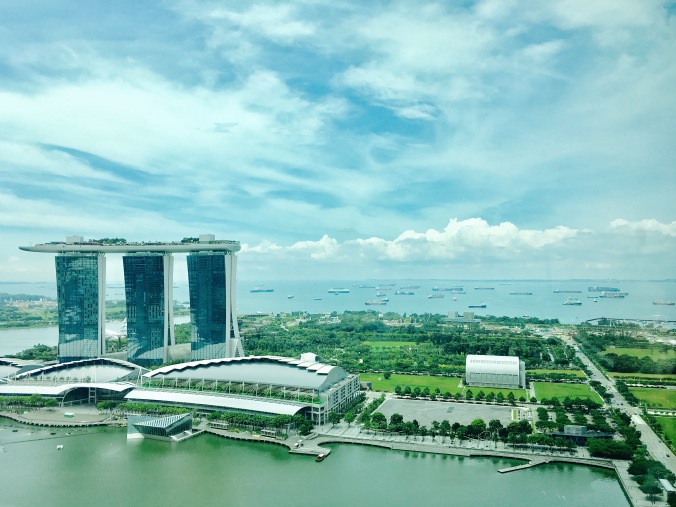 Syngenta was also a presentation exploring commercial in confidence topics, but the array of ‘corporate speak’ was a great stand alone lesson for any Australian farmer looking to sharpen and update their dictionary of management terms!
Syngenta was also a presentation exploring commercial in confidence topics, but the array of ‘corporate speak’ was a great stand alone lesson for any Australian farmer looking to sharpen and update their dictionary of management terms! For me, our visit to Singapore was a tall of two cities: ex-pats and highly skilled professionals expertly navigating trade and finance, and the story of Hannah, a Filipino nanny who I sat next to on our flight from Singapore to The Phillipines. Hannah had been a nanny for an ex-pat couple for nearly 4 years, having looked after their baby from 6 months of age. Hannah has a husband and 12 year old son in The Phillipines and had returned home once in 4 years to see her family. She was paid $USD1,000/year (in addition to her board etc). She was devastated to leave the boy she had raised as his nanny. She was worried she would not recognise her own 12 year old son at home. We spent the 4 hour flight talking about how lucky the ex-pat couple was to have her assistance for 4 years whilst she sobbed and mourned the loss of the little boy she would never see again.
For me, our visit to Singapore was a tall of two cities: ex-pats and highly skilled professionals expertly navigating trade and finance, and the story of Hannah, a Filipino nanny who I sat next to on our flight from Singapore to The Phillipines. Hannah had been a nanny for an ex-pat couple for nearly 4 years, having looked after their baby from 6 months of age. Hannah has a husband and 12 year old son in The Phillipines and had returned home once in 4 years to see her family. She was paid $USD1,000/year (in addition to her board etc). She was devastated to leave the boy she had raised as his nanny. She was worried she would not recognise her own 12 year old son at home. We spent the 4 hour flight talking about how lucky the ex-pat couple was to have her assistance for 4 years whilst she sobbed and mourned the loss of the little boy she would never see again.
